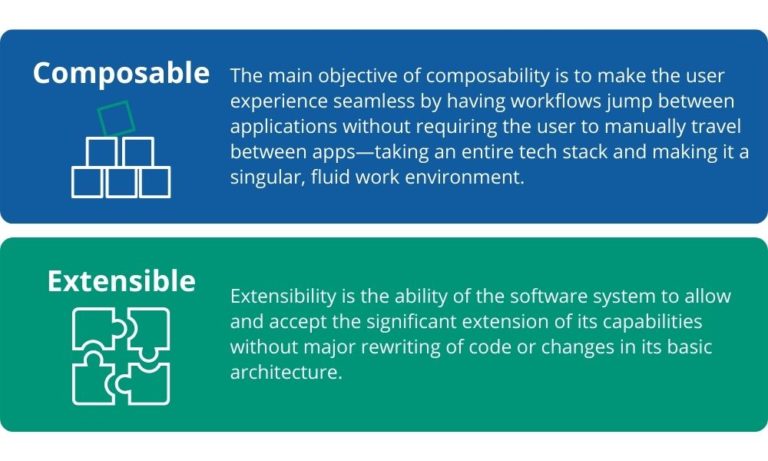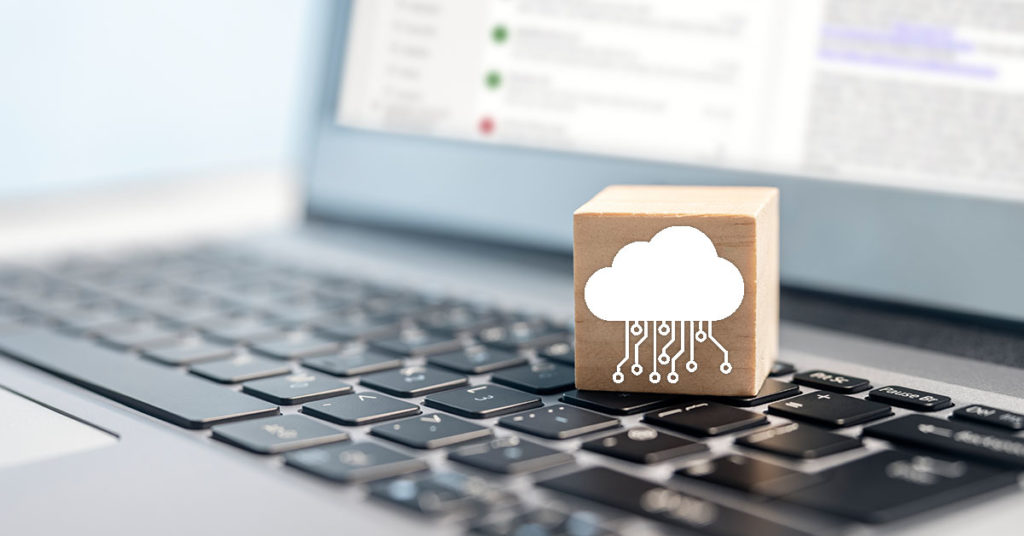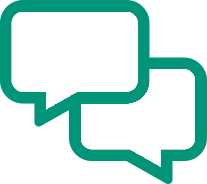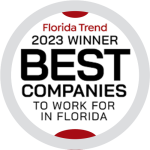“Composable” and “extensible” are characteristics of a software platform that allow you to use it in ways beyond its out-of-the-box capabilities. This means that you don’t have to run and buy more software each time a new business need arises! A composable, extensible content services platform (CSP) like Laserfiche can generate value for your organization beyond what you imagined when you first invested in it.
Let’s take a closer look at these two terms and see how government agencies are using Laserfiche’s capabilities to enhance their operations.

Composability
Composability makes the user experience seamless with workflows that jump between applications. This means that the user does not have to manually travel between applications—the entire tech stack becomes a singular, fluid working environment.
Laserfiche provides tools that empower staff to create (or compose) business solutions quickly and easily with pre-written building blocks. The user-friendly, visual interface doesn’t require the user to write code—only to understand your organization’s process bottlenecks.
You can solve pain points like:
- Tedious and repetitive tasks
- Manual data import/export processes
- Sending email updates
- Managing document permissions
- Approvals
Example: Laserfiche Workflow
The Commissioner of Revenue’s Office in Hanover County, Virginia, chose Laserfiche to eliminate paper processes generated by serving more than 100,000 citizens. Laserfiche Workflow completely automated the records approval process and the filing and storing of specific documents for the state-mandated six-year retention period.
Extensibility
As mentioned, composability works off of pre-built connectors. But what if you need to use Laserfiche in a unique situation where no one has created a building block? That’s where extensibility comes in.
Extensibility is a software system’s ability to allow significant extension of its capabilities without major rewriting of code or changes to its basic architecture. Extensible solutions allow your IT staff to integrate existing custom code using the programming languages they already know.
Example: Federal Government API Integration for Veteran’s Affairs
In Cabarrus County, North Carolina, IT staff harnessed the power of Laserfiche to create a Risk Management Portal complete with chatbots, converted paper-based processes to digital, and much more. A big win for the county’s business system analysts was connecting their Veteran’s Affairs office directly to the federal government’s benefits request process through a low-code API. Now, the county’s office responds to the VA within 48 hours, which helps veterans get their benefits much faster.
Example: Laserfiche-Maximo Integration
Our team worked with the Texas Municipal Power Agency (TMPA) to integrate Laserfiche with IBM Maximo, an asset management system. TMPA uses Maximo to manage, monitor, and track motors, transformers, turbines, and other equipment that requires maintenance. Laserfiche stores the manuals for the equipment and allows TMPA engineers to access documentation from within Maximo quickly, upload missing documents, and prevent the addition of duplicate manuals.
FAQ
Yes, Laserfiche is designed to adapt to your organization's evolving needs over time. Its core strengths lie in its composable and extensible nature, allowing for seamless integration with new applications and processes as your organization grows and changes. This means that as your business requirements evolve, Laserfiche can be customized and extended without requiring significant overhauls or replacements. Whether through adding new workflows, integrating with additional systems, or leveraging its scalable architecture, Laserfiche supports continuous improvement and efficiency, ensuring that your investment remains relevant and impactful in the long term.
Yes. The extent to which it can integrate seamlessly may depend on the specific external system's openness and API availability. While Laserfiche can connect with many enterprise systems, custom applications, and cloud services, challenges might arise with proprietary systems that have restricted APIs or unique data formats. In such cases, additional custom development work may be necessary to facilitate integration. Nonetheless, Laserfiche's flexible framework and support for various programming languages usually allow for successful integrations across most platforms.
We offer over 30 integrations to centralize records, reduce duplicate data entry, and create a seamless user experience. See our full list of Laserfiche Integrations.






